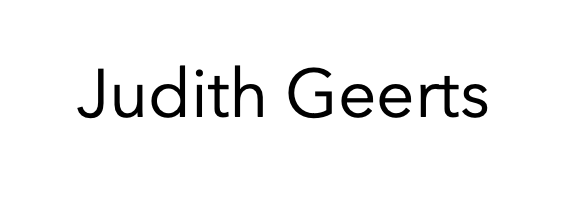The Breaking News
Met The breaking news bevraagt Judith Geerts (1989) hoe wij omgaan met het nieuws. Hoe verwerken wij het nieuws? En wat betekenen de actuele ontwikkelingen voor ons?
Judith legt de paradoxale werking van nieuwsberichten bloot. We worden overspoeld door feiten die in onze communicatie leiden tot subjectieve interpretaties waardoor we de wereld om ons heen niet meer begrijpen.
Sprekend voorbeeld is het kunstwerk met de naam “Kinderpardon”. Het laat een grote hoeveelheid hamers zien. Hamers die in onze rechtstaat worden gebruikt door rechters. Deze hamers zijn van gips. Het recht dat door deze hamers bezegeld wordt, valt uiteen in stukken.
Zo laat Judith de worsteling zien om het nieuws in te voelen, te begrijpen.
Zodra het is aangeraakt, valt het als gruis uiteen. Op het moment dat wij het nieuws in handen hebben, is het vergaan. Judith laat de actualiteit eroderen. Zo plaatst ze het actuele nieuws in een breder perspectief. Wat zal het nieuws doen door de tijd heen? Is wat we nu meemaken een herhaling van vroeger? Wat blijft er over?
Het werk van Judith is continu in beweging, een eindproduct bestaat niet. Haar werken bestaan uit reeksen, die steeds op dezelfde manier gemaakt worden. Repetitie is belangrijk. Vaak worden de reeksen kapot gemaakt en opnieuw vormgegeven. Scheppen, vernietigen en herscheppen is voor Judith de formule van werken en leven. Scheppen en herscheppen houdt het werk levend. In haar maakproces laat ze zich leiden door toeval en omstandigheden, zoals warmte in haar atelier, waardoor het werk vervormt en gevormd wordt. Soms wil ze geen verf gebruiken, maar maakt ze gebruik van oude technieken als konijnenhuidlijm en gaat ze speciaal naar Berlijn voor pigmenten. Deze materialen moet ze keer op keer opnieuw uitvinden, waardoor ook hier het resultaat voor haar een bedoelde verrassing is.
The breaking news is tot stand gekomen in de snikhete studio in Rotterdam en tijdens residenties in Het Van Gogh huis in Zundert en Het Domijn in Weesp. Judith studeerde aan de Gerrit Rietveld academie in Amsterdam en aan de Cooper Union in New York.
Tekst: Eva Jansen Manenschijn
English
With The Breaking News Judith Geerts (1989) asks how we deal with the news. How do we process the news? And what do these current affairs mean to us? Judith uncovers the paradoxical effect of messages in the news. We are flooded by facts that our communication leads to subjective interpretation, leading us to not understanding the world around us any longer.
A good example is an artwork named “Kinderpardon” (Defence for Children). It shows a large number of hammers. Hammers which are used by judges in our rule of law. These hammers are made of plaster. The right that has been sealed with these hammers falls apart into pieces.
This way Judith shows the struggle to feel the news, to understand it. As soon as it is touched it dissolves into grit. The moment we hold the news, it has perished. Judith lets the current affairs erode. This way she places the current affairs into a wider perspective. How will the news behave throughout time? Is the current situation a repetition of earlier times? What is left?
Judith’s work is continuously moving, a final result does not exist. Her work consists of series, that are constantly being produced in the same way. Repetition is important. Often series are broken down to be shaped again. Creating, destroying and recreating keeps the work alive. In her production process, she allows herself to be led by coincidence and circumstances, such as the heat in the studio which distorted and shaped her work. Sometimes she refuses to use paint, but instead uses old techniques such as rabbit skin glue and will travel especially to Berlin to obtain pigments. These materials demand to reinvent themselves, which makes the result for her an intentional surprise.
The Breaking News has been formed in a boiling hot studio in Rotterdam as well as during residencies in Het Van Gogh huis in Zundert and Het Domijn in Weesp. Judith studied at the Gerrit Rietveld Academie in Amsterdam and at the Cooper Union in New York.
Text: Eva Jansen Manenschijn
Translation: Hilde van den Boogaard














